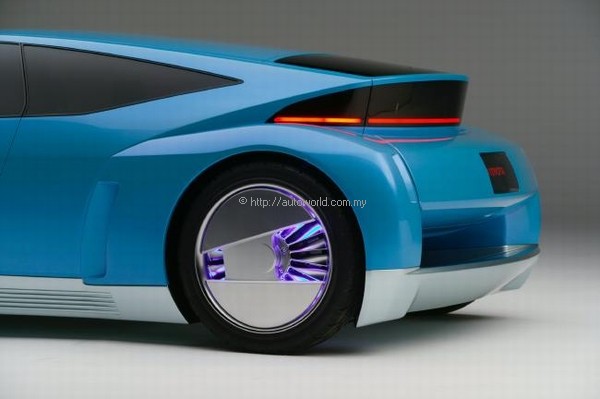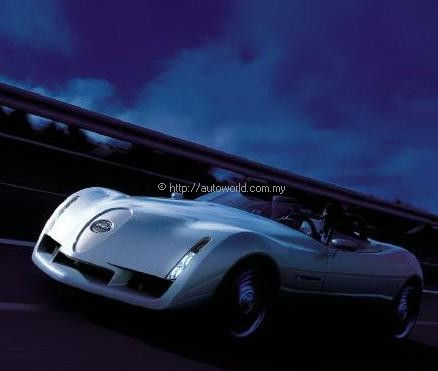The Future of Toyota Cars
Wonder what sort of cars you can expect from Japan’s No. 1 automaker in the years to come? You will be able to get a glimpse soon when UMW Toyota Motor displays two prototypes which showcase some new technologies.
One of them is the FINE-S prototype, first shown at this year’s North American International Auto Show. Toyota says such vehicles can provide mobility without creating additional pollution and still look good.
The futuristic look of the FINE-S (short for Fuelcell INnovative Emotion-Sport) reveals the potential styling versatility for fuel-cell vehicles, while the adaptability of the Toyota fuel cell system components makes it possible to install the proprietary technology developed by Toyota in a wide variety of vehicle types, shapes and sizes, all based on a shared platform.
The hydrogen fuel cell makes use of hydrogen and oxygen, creating electrical energy to move the car while releasing virtually harmless water vapour. The fuel-cell-electric system precisely regulates power flow from the fuel-cell stack and battery to achieve high efficiency, excellent acceleration and a smooth quiet ride. Fuel cell-powered cars are expected to be three times more energy-efficient than today’s vehicles which use the internal combustion engine.
By using simple, modular parts, Toyota designers will be able to create vehicles that look fantastic and offer high performance in any configuration. This freedom will allow the designers to come up with vehicles that will strongly appeal to the emotions and tastes of almost every driver.
With the ability to modularly install fuel-cell components throughout the vehicle, future fuel-cell vehicles will be capable of having individual electric power applied to all four wheels.
The FINE-S has a long wheelbase with very short front and rear overhangs and a sleek low-to-the-ground aerodynamic design. The low centre of gravity – thanks to having the hydrogen fuel cells and other related hardware below the floor – coupled with an individual wheel torque control system can provide excellent performance handling akin to a sportscar. And since it is possible to fine-tune the electric wheel motors to fit the needs of the driver, the FINE-S can have outstanding control and ride quality.
The FINE-S provides a ‘progress report’ of Toyota’s efforts to date and the company is continuing its research into fuel-cell technology to solve the technological challenges and eventually offer this type of technology as a greener alternative in vehicle propulsion systems.
For those concerned that supercars may become a thing of the past due to stricter emission control and safety requirements, the Toyota FXS prototype shows that this need not be the case in future. It’s the ultimate sports concept Toyota has developed for the 21st century which can deliver performance of the highest levels.
The FXS (Future eXperimental Sports) has a low-slung and feline-like roadster design with a 50:50 balance front to rear for maximum performance and stability at maximum speed.
A 4.3-litre V8 all-aluminium 221 kW/300 bhp engine is mounted low, front midship and drives the rear wheels through a 6-speed sequential manual gearbox operated by Formula 1-style shift buttons. With double wishbone suspension all-round and an all-up weight of around 1,300 kgs, the FXS promises performance to match its looks.
The silver prism-like lustre of the exterior paintwork of the FXS is dramatically complemented by the full leather interior and moonlight blue background. Chrome and blue-white illuminated dials concentrate minds on the driving experience. A triple cluster instrument panel consists solely of speedometer, tachometer and fuel and oil pressure gauges.
 |
| FXS |



























